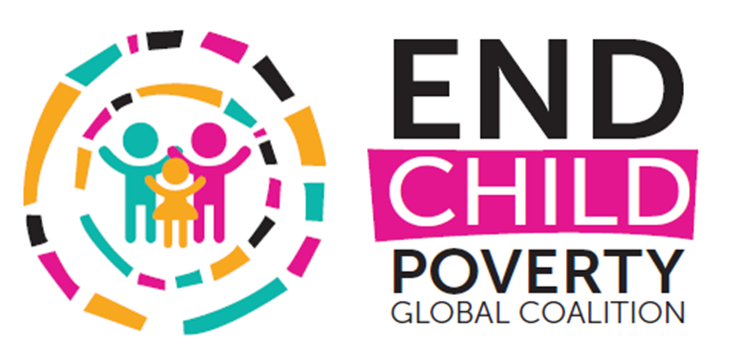On the International Day for the Eradication of Poverty UNICEF, Save the Children and the Global Coalition to End Child Poverty hosted an event “Are countries committed to ending child poverty by 2030?” at UNICEF HQ in New York, providing an overview of whether and what countries are reporting on child poverty in their Voluntary Nationals Reviews — one of the primary mechanisms to monitor and review progress on Agenda 2030.
Children bear the greatest brunt of poverty, they are twice as likely as adults to be living in poverty. As of 2016 there were 385 million children struggling to survive on less than $1.90/day and as of 2019 there were 663 million children living in multidimensionally poor households.
For the first time in history, nations have agreed to end extreme child poverty by 2030 as part of the global Sustainable Development Goals, and to half child poverty as nationally defined. 2019 marks the fourth year of the SDGs – we have 11 years remaining to achieve these ambitious, but attainable child poverty SDG targets.
Since 2016, 141 countries have presented their VNRs on the Sustainable Development Goals (SDG) at the UN, and there are around 50 countries slotted to present their VNR at the 2020 High-Level Political Forum.
At the event, UNICEF and Save the Children provided an overview of the analysis presented in the brief Voluntary National Reviews for the Sustainable Development Goals: Are countries committed to ending extreme child poverty by 2030?.
According to the brief, in comparison to 2017 and 2018 VNRs, more countries explicitly mentioned child poverty in the 2019 VNRs. Yet only 17 of 46 countries presenting produced monetary child poverty estimates and nine reported multidimensional child poverty estimates, and 19 countries reported on policies and programmes addressing child poverty.
The event also featured distinguished panelists, including Ambassadors of New Zealand and Sierra Leone to the United Nations, and Director of Development Policy Division, National Development Planning Commission of Ghana.
Ambassador Craig Hawke of New Zealand highlighted that in order to combat child poverty, New Zealand has implemented a multi-pronged approach in a suite of landmark legislation and initiatives, including the Child Poverty Reduction Act 2018, the Families Package programme, and the Child and Youth Wellbeing Strategy.
As for Sierre Leone, Ambassador Victoria Sulimani presented recent trends in multidimensional child poverty in the country, which fell from 77.4% in 2016 to 66% in 2019, and emphasized the importance of women’s and girls’ empowerment and education in breaking the vicious cycle of poverty.
Finally, Dr. Felix Addo-Yobo of Ghana provided an overview of monetary and multidimensional child poverty in the country, flagship policies to tackle poverty and deprivation such as the Livelihood Empowerment Against Poverty programme, in addition to highlighting the VNR preparation process in Ghana, which included extensive consultation with youth and children.
For the 2020 and future VNRs the Global Coalition to End Child Poverty encourages countries to:
Report on SDG child poverty indicators,
Report on the national agenda to reach the SDG child poverty targets and
Ensure participation of non-state actors in the reporting process, in particular children, the poorest and most vulnerable groups.
Countries around the world have demonstrated that given political will, extreme child poverty can be eliminated, and multidimensional child poverty drastically reduced. By focusing on children in poverty reduction efforts, we can alleviate poverty more effectively, prevent future generations from destitution, and achieve the Sustainable Development Goals by 2030.






